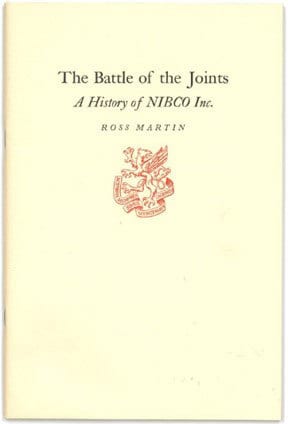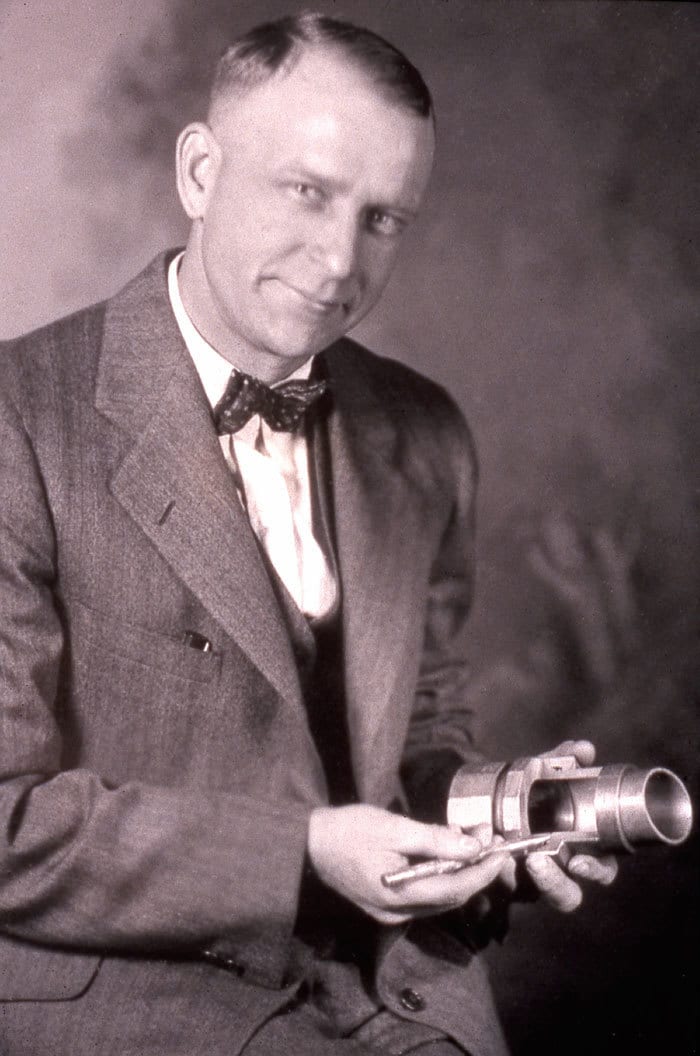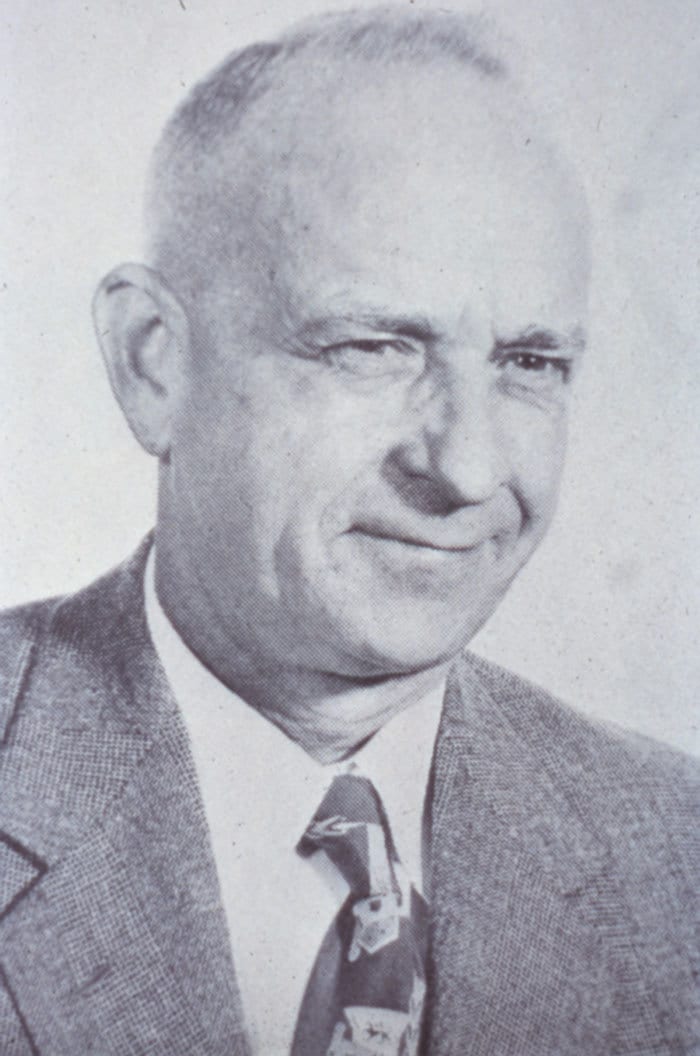The battle of the joints
The pace of change in the plumbing industry seems to be a bit faster than it was prior to 1954.

Crown Jewels of NIBCO
Wipe joints, lead and oakum joints, black and galvanized threaded iron joints, brass threaded joints and copper joints were all prevalent in 1954. A service call in center-city York, Pennsylvania, occasionally included repairs to anti-freeze toilets that had been installed in backyard privies, while the homes remained free of indoor plumbing. As an apprentice, 17 years later, I would find myself servicing these same backyard anti-freeze toilets.
While looking back to an era when disease and pestilence were rapidly becoming a dim memory and indoor plumbing was fast becoming the norm for citizens’ safety and well-being, I came across a booklet in our company archives from a speech given by Ross Martin to The Newcomen Society on April 4, 1963, entitled “The Battle of the Joints.”
In his opening remarks, Martin, who was head of NIBCO, had this to say:
“He protects the health of the nation.’ Who is that man? Most certainly it is the family doctor. The doctor takes over after illness strikes. However, behind him stands the sanitary engineer who installs drainage, waste and vent pipe systems along with hot and cold water pipes in modern homes and all other types of construction.
“The plumber, that is the pipefitter, and his employer, the master plumber, work together as a team ‘to protect the health of the nation.’ They do their great work before pestilence strikes. His black bag of hand tools the plumber carries with him to every job, just like the more familiar black bag carried by his counterpart professionally in medical science, the family doctor. They both work with joints, each one in his own professional calling.
“This seldom recognized but vitally important guild of journeymen and master plumbers certainly deals in joints, that is, in pipe joints.”
I knew I was going to like this guy once I’d read what he had to say about plumbers! Martin’s description of how he got his start with NIBCO in 1919 and the timeline of copper tube fittings riveted my attention.'
In 1927, Martin was making a routine sales call when his customer handed him a fitting and remarked that Ross should consider making fittings for residential plumbing systems. Copper had begun to replace lead for service lines into homes, with flared fittings to make the transition to galvanized piping once above grade. Those flare joints proved to be the “key in the door,” which opened the floodgates for introducing copper plumbing systems in residential, commercial and institutional applications.
Of the seven distinct characteristics, Martin attributes to copper in his speech: Electric conductivity; heat transfer; affinity to alloy; ductility for wire and tube; malleability for sheet; red color for eye value; and resistance to rust and corrosion, I was drawn to the “red color for eye value.” For me, there’s nothing that beats the eye value of a copper plumbing system that includes DWV, hot and cold water lines along with a hydronic system where piping has been installed with care and attentiveness to neatly wiped joints, while maintaining true lines pleasing to the viewer’s eye.
The year 1954 saw “Rock Around the Clock” and the first nuclear submarine. The movie “On the Waterfront” won best picture, and Robert F. Williams had begun to experiment with the use of plastics for plumbing systems. The plastics revolution had begun.

NIBCO introduced the first practical copper fitting for residential use in 1927.
Imagine what Ross Martin’s reaction would have been to the inroads plastic plumbing must have been making and how he viewed this upstart industry.
He made this statement in his speech that night: “It is the competitors of NIBCO to whom we owe a deep debt of gratitude. All this that is NIBCO today, has grown out of the challenge flung at us by driving, inventive, ingenious competitors.”
This from a guy who started out as just one of seven employees working as a foundry apprentice under Casper Sweitzer, who founded NIBCO on Nov. 12, 1904.
When Martin gave his speech in 1963, the plumbers in our shop were still pouring lead joints for cast-iron drainage and an occasional lead wipe-joint wasn’t out of the question either. Old habits die hard!


LEFT: NIBCO WWII marine valves made in Nacogdoches, Texas.
RIGHT: NIBCO’s new copper product line developed by Ross Martin.
The pace of change in our industry seems to be a bit faster than it was prior to 1954. Copper DWV took over where cast iron had ruled in homes, businesses and high-rise buildings, with labor and material savings driving the change. Lead and oakum gave way to neoprene gaskets, which gave way to no-hub couplings, fittings and pipe. Cast iron had to yield to plastics for DWV when ABS and PVC became accepted materials. Drainage noise issues led many of us to create hybrid systems where either copper or cast iron were employed in overhead runs or vertical drops, an issue that continues today. Multiple plastic water line systems arose with glue, mechanical or crimp joints.
Today, PEX plumbing has all but taken over the new home market with either home-run or flow-through systems. But flowing through it all: The battle of the joints.
Here, you can read more about NIBCO’s history: https://www.nibco.com/about-us/history/



LEFT: Battle of the Joints – the book!
CENTER: Ross Martin with a valve cutaway.
RIGHT: Ross Martin – original inductee into the Supply House Times Plumbing, Heating, Cooling and Piping Industry Hall of Fame in 1976
All photos courtesy of NIBCO
This article was originally published in PM Engineer in March 2016.